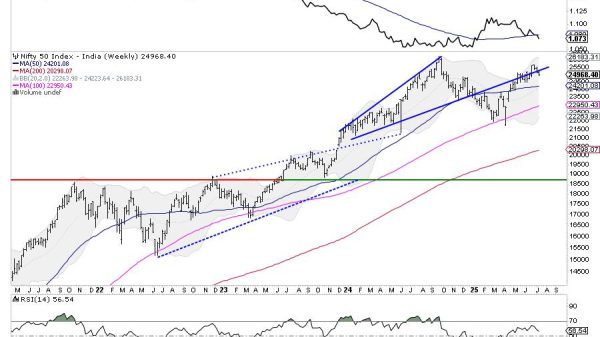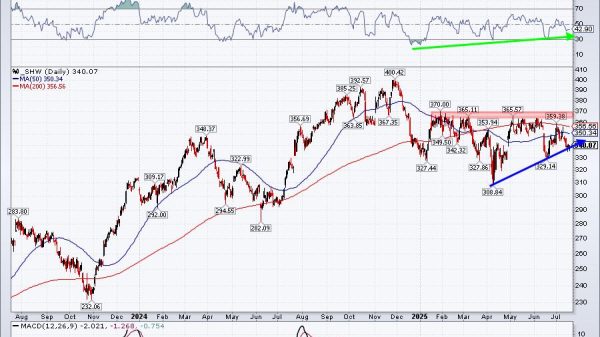The Difference Between Debt-To-Capital Ratio and Debt Ratio
Understanding financial ratios is crucial for assessing a company’s financial health and operational efficiency. The Debt-to-Capital Ratio and the Debt Ratio are two key metrics that help investors and analysts gauge a company’s leverage and risk.
What does it mean?
The Debt-to-Capital Ratio measures a company’s financial leverage. It shows the extent to which a company’s operations are financed by debt compared to its total capital. This ratio is significant as it provides insight into the company’s financial structure and its ability to handle its debt in long term. To calculate this ratio, add the company’s debt to its shareholders’ equity. Now let’s see how to calculate debt to capital ratio.
The Formula
Debt-to-Capital Ratio=Total Debt / Total Debt + Shareholders’ Equity
Limitations
While useful, the Debt-to-Capital can be influenced by accounting methods. Values based on historical cost might not reflect current market values, potentially distorting the ratio. It’s important to ensure accurate values are used in calculations.
What is Debt Ratio ?
In contrast, the Debt Ratio measures the proportion of a company’s assets financed by debt. It is calculated by dividing total debt by total assets. This ratio is a broader measure of debt as it accounts for all liabilities, not just debt.
The formula for calculating a company’s debt ratio is:
Debt ratio= Total assets / Total debt
Debt To Capital Ratio and Debt Ratio: Key Differences
The Debt-to-Capital Ratio and the Debt Ratio are two financial metrics used to assess a company’s financial leverage, but they differ in what specifically they measure and how they are calculated.
Components Used: The Debt-to-Capital Ratio includes both debt and equity in the denominator, reflecting the entire capital structure. In contrast, the Debt Ratio focuses solely on assets and how much of these assets are financed through debt.
Insight Offered: The Debt-to-Capital Ratio provides insights into the financial structure in terms of equity and debt mix. The Debt Ratio focuses more on the level of debt burden relative to all assets owned by the company.
Risk Implication: While both ratios indicate levels of financial risk, the Debt Ratio is a more direct measure of the potential risk to creditors since it shows what portion of the company’s assets is claimed by debts.
What are short-term and long-term debt ratios?
Short-term debt ratio
This ratio measures a company’s ability to meet its short-term debt obligations with its liquid assets. You calculate it by dividing the total short-term debt by the total assets, usually reflected in the company’s balance sheet. A lower ratio indicates better liquidity, meaning the company can easily cover its short-term debts without strain.
Long-term debt ratio
This ratio assesses how much of a company’s capital structure is made up of long-term debt. It is calculated by dividing total long-term debt by total assets, as shown in financial statements. This ratio helps investors understand how much of the company’s financing comes from long-term obligations, which can impact the company’s cash flow and financial flexibility over time. A lower long-term debt ratio suggests less risk associated with extended debt repayments.
Bottom Line
Debt-to-Capital Ratio and the Debt Ratio provide critical insights into how much debt a company uses compared to its total assets or equity, revealing its leverage and financial health.
The Debt-to-Capital Ratio focuses on a company’s long-term financial stability by comparing debt to the total capital, which includes shareholders’ equity. In contrast, the Debt Ratio offers a broader view by measuring the total debt against total assets.
Both ratios are invaluable tools for assessing a company’s risk and stability, aiding investors in making informed decisions. A good Debt-to-Capital is typically below 0.5, indicating strong equity financing and a solid balance sheet. While a Debt Ratio less than 1 shows that equity outweighs debt, enhancing financial flexibility and reducing risk.
Understanding these metrics allows investors to gauge a company’s financial leverage and potential for long-term success effectively.
FAQ
What is a good debt to capital ratio?
A good capital to debt ratio is typically less than 0.5. This suggests the company uses less debt compared to its total capitalization, indicating a strong balance sheet. Such a ratio supports stable cash flow and less reliance on external financing.
What if the debt-to-capital ratio is less than 1?
If the debt-to-capital ratio is less than 1, the company’s equity financing exceeds its debt. This ratio shows that the company manages its financial leverage well, maintaining more capital than it owes. This can be positive for cash flow and long-term financial health.
What is a bad debt-to-capital ratio?
A bad ratio is generally close to or greater than 1. This indicates the company’s debt levels are high compared to its total capitalization, as shown in financial statements. High debt to capital ratios can strain a company’s cash flow and increase financial risk.
What is a good debt equity ratio?
A good debt equity ratio generally falls between 1 and 1.5. It shows a balanced use of debt and equity financing, as seen on the balance sheet. This level suggests the company effectively manages its capital structure, balancing risk and growth potential.
The post The Difference Between Debt-To-Capital Ratio and Debt Ratio appeared first on FinanceBrokerage.

























